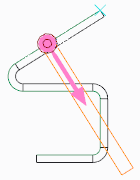 |
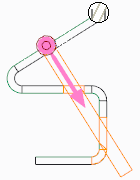 |
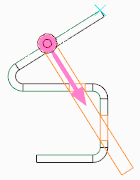 |
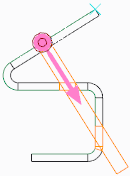 |
|
Solid cut
|
Cut normal to both driving and offset surfaces
|
Cut normal to driving surface
|
Cut normal to offset surface
|
 |
 |
 |
 |
|
Solid cut
|
Cut normal to both driving and offset surfaces
|
Cut normal to driving surface
|
Cut normal to offset surface
|
|
|
|
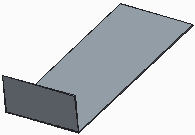 |
 |
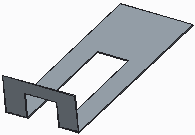 |
|
Original bent wall
|
Blind cut sketch
|
Blind cut
|
|
|
• A cut cannot cross two bend lines.
• A cut can never be made on an edge.
• Cutting on angles or bend areas might require a larger dimension scale for proper clearance.
• Cuts can be used to create notch and punch UDFs.
|